Why Samsung switching smartwatches from Android to Tizen maybe isn't that big a deal
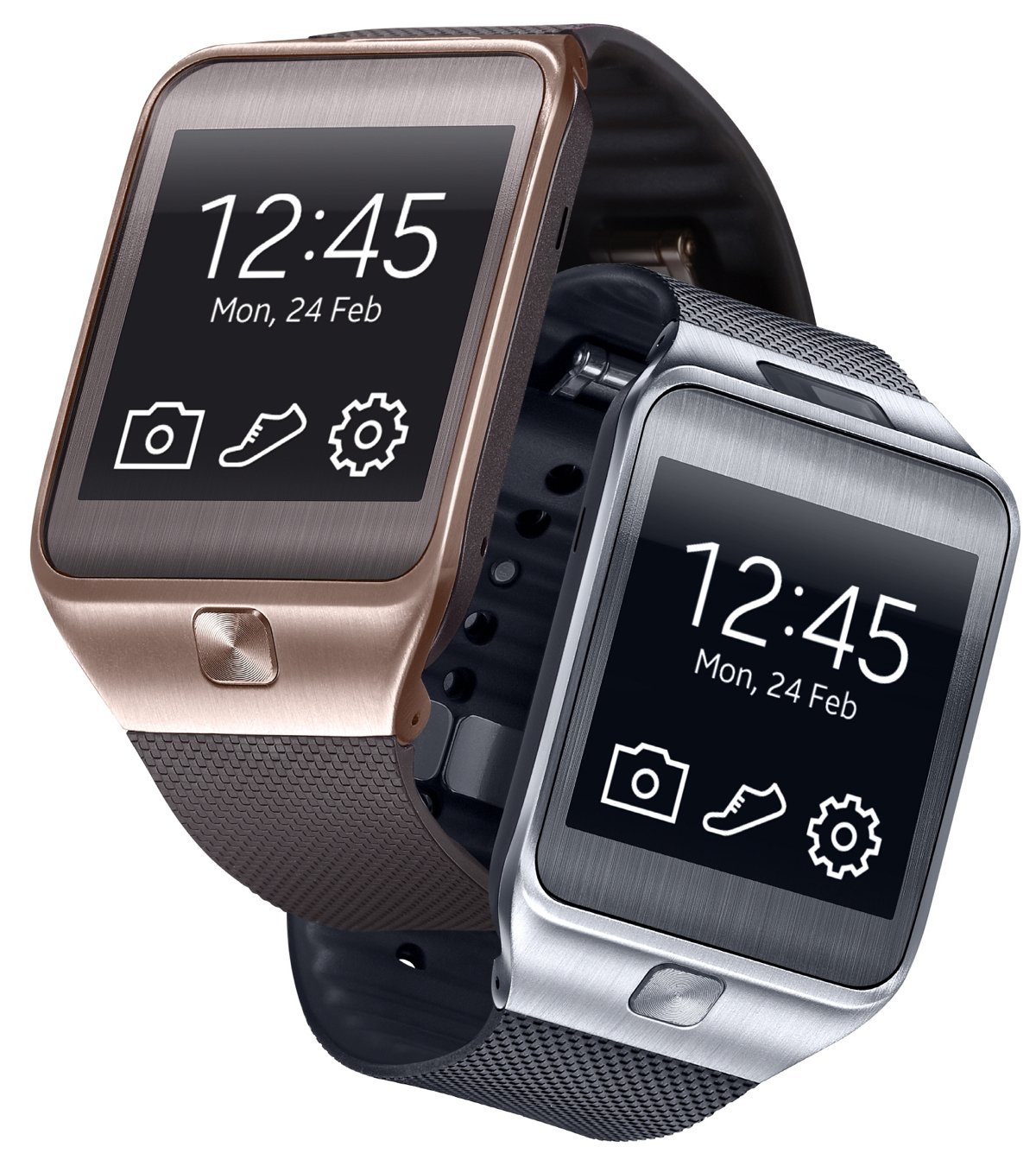
Things have changed behind the familiar faces, but does that really matter?

Samsung has announced their new wearables this evening, and one of the bullet points stands out a bit more than the others. Both the Galaxy Gear 2 and Galaxy Gear 2 Neo are running Tizen — an open-source operating system developed in part by Samsung.
This brings up a lot of contreversy from Android faithful — the original Galaxy Gear ran a version of Android — as well as a lot of questions about what Tizen is, and why Samsung decided to go with it. We're not going to jump too deep into the controversy, but we can try to talk about some of the questions and give a few answers.
The short version is that the sky is not falling, and Tizen on Samsung's new smartwatches can be a very good thing. The longer version follows below.
What is Tizen?
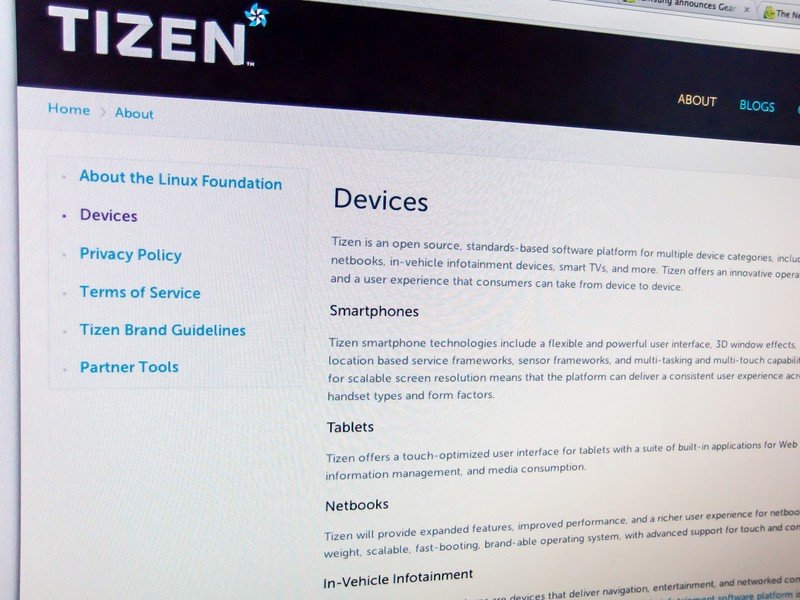
Tizen, like Android, is a Linux-based operating system, designed to be scalable for all manner of portable consumer electronics. Though it's a common misconception that Tizen is the continuation of MeeGo, it's actually the extension of the LiMo (Linux Mobile) project started in 2007. And it's not "just a Samsung thing", either. Tizen is a joint-effort from Samsung, Intel, Huawei, Fujitsu, NEC, Panasonic, KT, Sprint, SK Telecom, Orange, NTT Docomo and Vodafone, who all have members on the Tizen Association's Board of Directors. They work closely with the Linux Foundation, and aim to deliver a universal, free and open operating system for everyone. Think of Tizen as an alternative to Android or iOS, not a replacement for either.
One of Tizen's strengths is the application framework. Based on Bada, the native application framework supports HTML5, QT, GTK+ and EFL based apps,, and development is easy because you can use standard development tools like JavaScript and JQuery. As part of the Core Mobile Web Platform Community Group, Tizen runs HTML5 apps that can also run on Android, Firefox OS, Ubuntu Touch, and webOS without using a browser. It's developer friendly, modern, portable and open. Tizen is a good thing.
We're not going to get too technical here, but I encourage anyone interested to surf over to Tizen.org and have a look around. It's a great place to see all the dirty technical details, as well as get started with the SDK and development.
Be an expert in 5 minutes
Get the latest news from Android Central, your trusted companion in the world of Android
But what is Android?
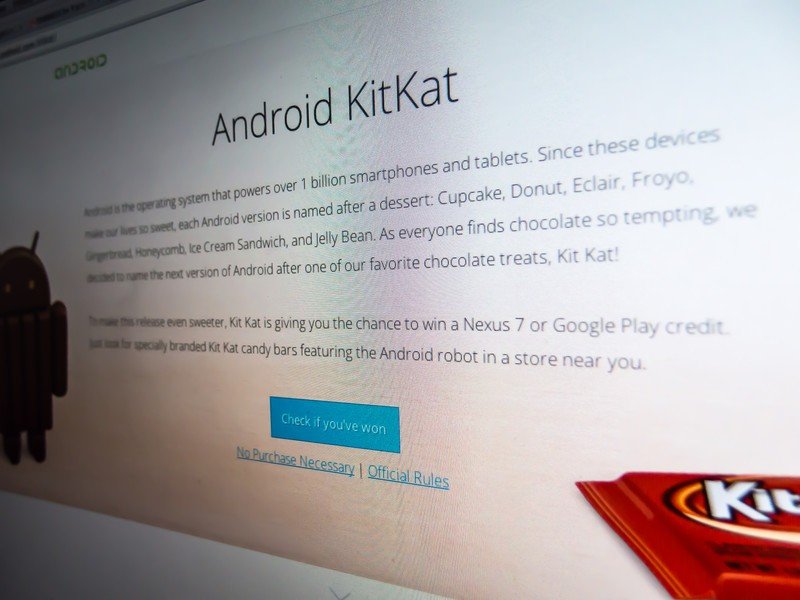
When you get down to the nuts and bolts, Android is the Linux kernel, user-space applications, "middleware" and a complete framework for third-party applications. What we see on our screens is someone's vision of a way to interface with these components. Someone could just as easily create, for example, an interface controlled by joysticks, or a keyboard, or pure text.
In other words, what we see is not how Android is defined.
If we were to do away with "about" screens, you would likely never know what version of Android you were running, or that you were even running Android at all. This is by design. Android was designed to be powerful, but get out of the way and do it's thing with minimal user intervention. All the users — that'd be you and me — should see is the top layer UI unless we go digging for more.
And that UI can be used on other operating systems — like Tizen — as well.
A familiar user interface
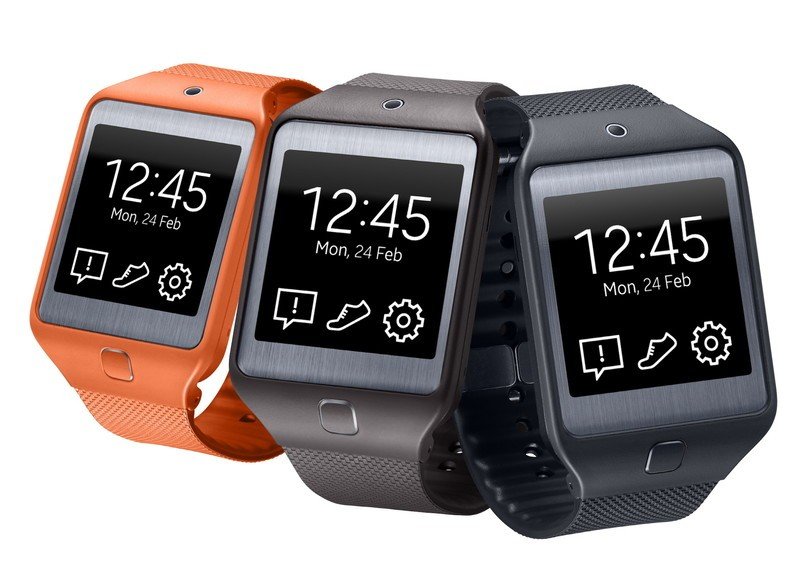
We haven't had any time with the Gear 2 or the Gear 2 Neo yet. But we can learn a few things from what we've seen so far.
Samsung has taken the user interface used on the Galaxy Gear (with some modifications, of course) and "ported" — for lack of a better term — it to Tizen. To the user, none of this matters. When you get in your car, the engine and transmission only serve to take your input and move you along. Whether you're driving a Volvo, a Jeep or a Ferrari, you still have a steering wheel, headlight switch, gas pedal and brake.
Samsung is trying to do the same thing with the new Gears. The way you interact with them, and the way they interact with your phone, is familiar because of the interface. What's under the hood has changed, but unless you're a developer, none of that matters to you. What matters is that it works well, and that's something we'll have to wait until we get our hands on them to see.
The Gear 2 and Gear 2 Neo may both turn out to be flops, but that's not because they run Tizen. Tizen is certainly capable, and in some ways better (and some ways not as good) as Android. What matters is how Samsung plans to tie you, your phone, and the new Gear 2 together.
So why did Samsung do it?
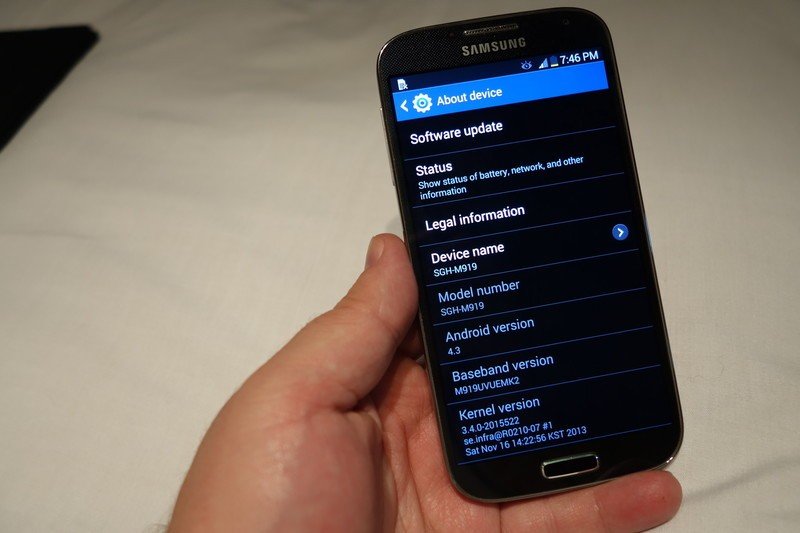
This is an easy one. Samsung spent a lot of money contributing to the development of a new open-source operating system for their consumer electronics division. Some folks love Samsung, others think Samsung is evil, but in the end Samsung is a business and they want to get a return from their investment. Since you don't need Android on your smartwatch to communicte with your Android phone (see Pebble), and Tizen is so scalable, the Gear 2 and Gear 2 Neo were a perfect place to use it. Samsung gets a return on their time and money spent developing Tizen, and has a stable and mature platform to build Gear-specific apps and functions on top of.
Because Samsung is part of the team that develops Tizen, it can also iterate and add new features on its own time, not Google's. Because the Gear UI (I'm going to call it GearWiz) is a simple event-driven layer on top of the OS, features can be added almost at will to the operating system with minimal change in what the user sees. We're creatures of habit. We like version two to look and act like version one — hello iPhone.
This doesn't mean that Samsung is abandoning Android on their smartphones. That's just silly, and people need to stop saying it. Android puts billions of dollars in Samsung's bank account, and they don't have to spend money developing it from the ground up. When that changes, then we can discuss Samsung abandoning Android. In the meantime, be ready for a new Galaxy S device, and a new Note in 2014, and they will run Android. Same with 2015, I'll bet. Android is easy money for Samsung, and every company likes easy money.
So should I buy one or what?
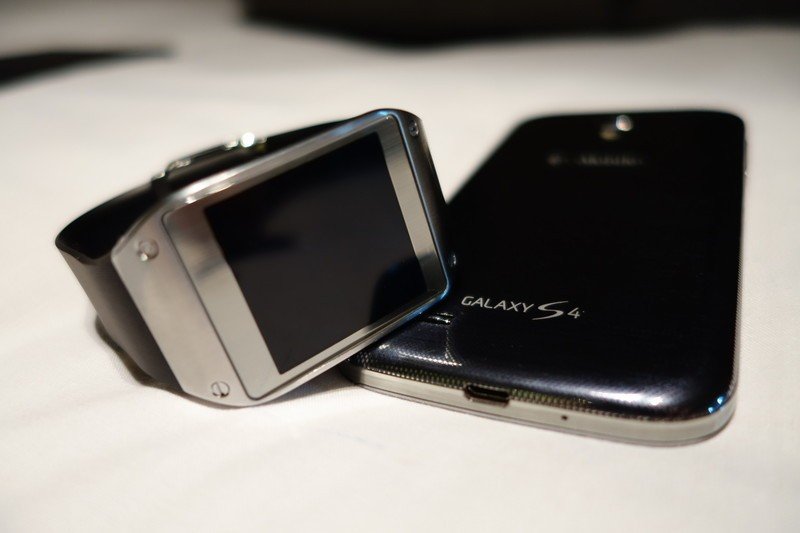
This depends on how functional the new Gears are — not what operating system they run. One of the most capable and best-selling smartwatches so far is the Pebble, and it doesn't run Android. I'll wager that most people couldn't tell you what operating system runs on their Pebble (it's a modified version of FreeRTOS) but they can tell you it runs pretty well. That's because PebbleOS is small, tasks and timers and threads are handled very well by a fast kernel, and the user interface is simple and clean. Android on the Pebble would be overkill, and adversely affect it's performance.
The same things can be said for Tizen. While the OS Samsung is running on the new Gears is certainly more complicated than the FreeRTOS Pebble is using, it is likely still smaller and faster than Android. It's also not as feature-rich, and doesn't have the vast application support that Android has. There are trade-offs, and what may be best for one device (like your phone) may not be best for another device (like your smartwatch).
I'm sure we're buying at least one of each. Let us be the test monky and see how they work, what they are lacking, where they excel, and if they are worth you spending your hard-earned dollars on. We'll know more in April.

Jerry is an amateur woodworker and struggling shade tree mechanic. There's nothing he can't take apart, but many things he can't reassemble. You'll find him writing and speaking his loud opinion on Android Central and occasionally on Threads.
